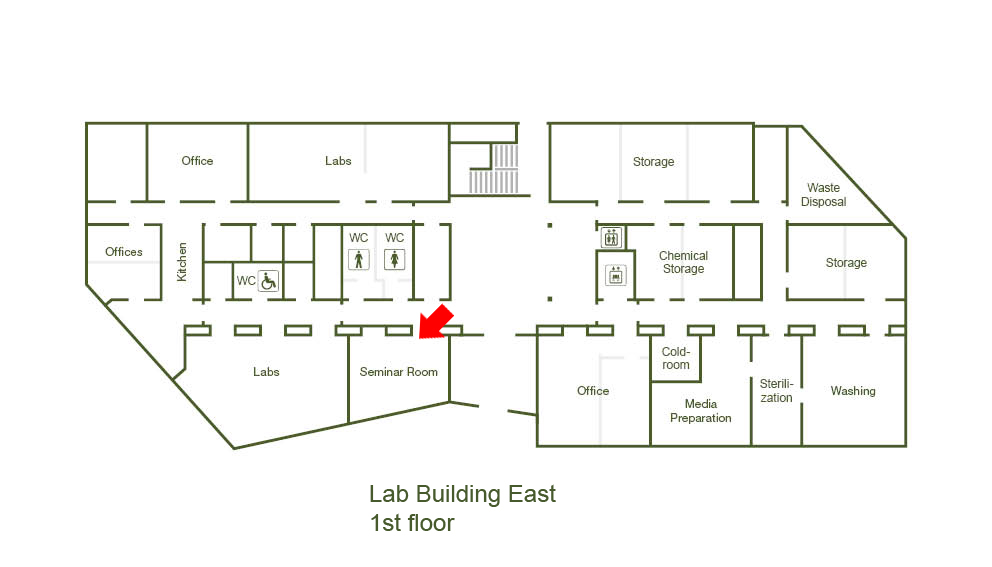3D Localization of Molecules close to dielectric Surfaces
Date
Thursday, October 4, 2018 14:00 - 15:00
Speaker
Alexander Jesacher (Division for Biomedical Physics, Medical University of Innsbruck)
Location
Seminar Room, Lab Building East
Series
Seminar/Talk
Tags
Physical Sciences Seminar
Host
Johann Georg Danzl
Contact

Localization microscopy is based on taking many images of an object, each containing a sparse subset of active molecules that can be individually localized. The entire data set represents the object at very fine spatial details down to the nanometer range.While localizing within the focal plane is relatively straightforward, retrieving depth information is more challenging due to the cigar-shaped point response of microscopes. Several methods which address this problem have been developed over the years.In my talk I will provide a brief introduction of 3D localization methods and put an emphasis on Supercritical Angle Fluorescence (SAF) microscopy, which enables the accurate axial localization of light emitters in close vicinity to the coverslip by exploiting near-field coupling.I will further address the challenges posed by unknown optical aberrations in the imaging system and give an outlook on the use of machine learning algorithms to process the large amounts of data which are often collected in localization microscopy.